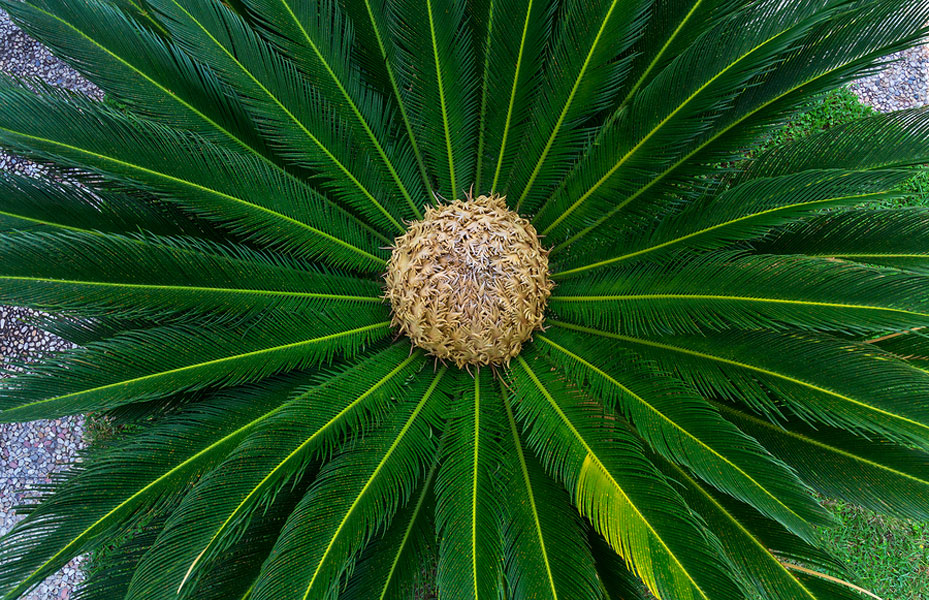If you take a look at some traditional Lowcountry gardens, you may notice a recurring fixture: the Sago palm. Oddly enough, these plants are not actually palms, but are a heritage plant native to the Carolinas and a multitude of southern gardens widely.
There are some simple reasons why Sago palms are a reliable and popular fixture in southern gardens:
They are Tropical
Sago palms make an impression; they grow big, usually at least six-feet high, and develop side shoots that can create an expansive wall of foliage. These need room to grow and the sharp tips and points make them inappropriate to crowd or line near where people walk or pets roam.
They are Adaptable
The Sago palm is tough and hardy. How else would it have survived for centuries? During unseasonably cold weather, palms grown in pots can be brought inside, especially if temperatures are cold to freezing. While your palm will survive, the foliage may not. Potted palms will become top-heavy so replant outside when weather permits.
They are Easy to Care For
The Sago palm (Cycas revoluta) is widely loved because it is so easy to take care of. The long feathery leaves are dramatic, but don’t require the care that tropical plants do. Inside and out, you can grow Sago palms successfully if you keep them in partial sun and let them dry out between watering to prevent root rot.
They Fit In
The Lowcountry climate is ideal for Sago palms, which must be why they thrive and prosper in the region. They prefer sun for several hours a day, with some afternoon shade to prevent burning of the leaves. Keep in mind that the more shade your Sago gets, the more insects and pests will appear on the lower foliage of the palm.
They Have Heritage
Anyone living in the region can recognize the familiar Sago palm, as it is a steadfast fixture in most southern gardens and greenspaces. They were identified as ‘southern heritage plants’ in 1984, although they are originally from tropical Japanese islands. These plants date back to prehistoric times, which explains their extreme hardiness.
Know that Sago palms are toxic for dogs, cats and horses, although squirrels will devour the young leaves if given the chance. Protect the shoots by relocating potted palms indoors until they have some growth and are less vulnerable to squirrels and pests.
Want to add some classic Sago palms to your Lowcountry landscape? Speak with the experts at Natural Tendencies Landscape Professionals, a landscape services company based in Charleston, SC. Bring a sense of tradition and heritage to your home and greenspaces with the alluring Sago palm this season.

